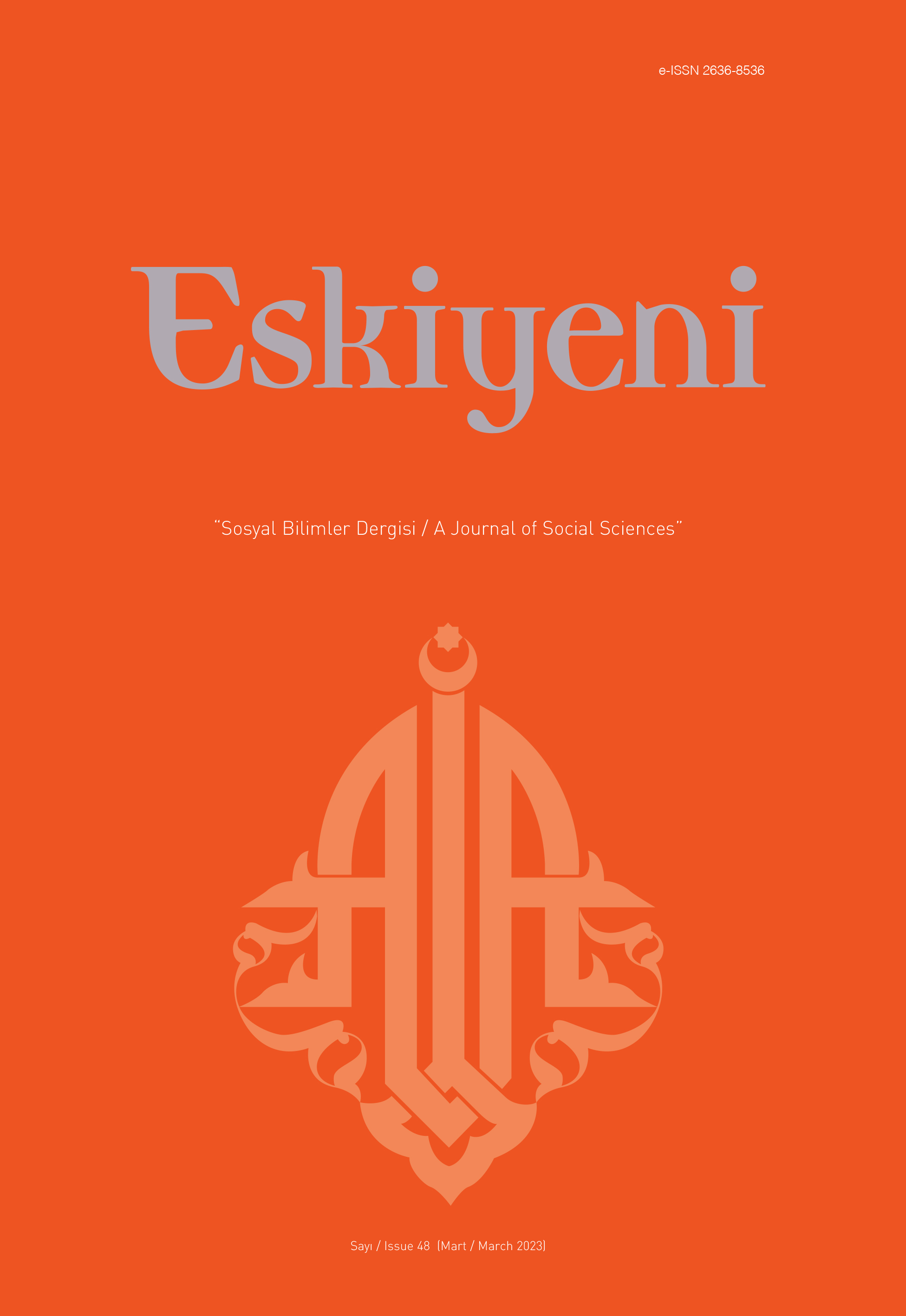Tarihi Bir Figür Olarak Hz. Hüseyin’in Eşi: Şehri Bânû
Ḥusayn’s Wife as a Historical Figure: Shahrbānū
Author(s): Haci AtaşSubject(s): History, Theology and Religion, History of Islam
Published by: Anadolu İlahiyat Akademisi
Keywords: Islamic History; Ḥusayn ibn ʿAlī; Shahrbānū; Zayn al-ʿĀbidīn, Shia;
Summary/Abstract: There is limited and conflicting information in the sources about one of Ḥusayn's wives who is generally referred to as Shahrbānū. There is different information about her identity and life, primarily about her name. The fact that Sunni and Shiite authors look at Shahrbānū from different perspectives is one factor that diversifies the information and make it suspucious. So much so that although there is almost an agreement in the sources that she is Ḥusayn's wife and Zayn al-ʿĀbidīn's mother, there is no clear information about the rest of her life and death. The most controversial debate about her concerns her ancestry. While the scholars of the first period presented her as an enslaved person brought mostly from Sindh or Sistān, it is seen that the later scholars presented her as the daughter of Yazdegerd III, the last king of the Sāsānian Empire. She has a privileged position, especially among the Shiites. Therefore, the efforts of Shiite scholars to attribute Shahrbānū to a noble lineage are too obvious to be overlooked. As a result of this effort, Shahrbānū was associated with a noble lineage from both sides by being tied to the Prophet Muhammad (pbuh) from her father's side and to the Sāsānian royal family by her mother. On the one hand, Shahrbānū was associated with such a noble lineage, on the other hand, she was introduced as an ordinary enslaved person. Therefore, the character of Shahrbānū has taken her place in the pages of history as a controversial figure stuck between Sunni and Shiite traditions.
Journal: Eskiyeni
- Issue Year: 2023
- Issue No: 48
- Page Range: 223-238
- Page Count: 16
- Language: Turkish

